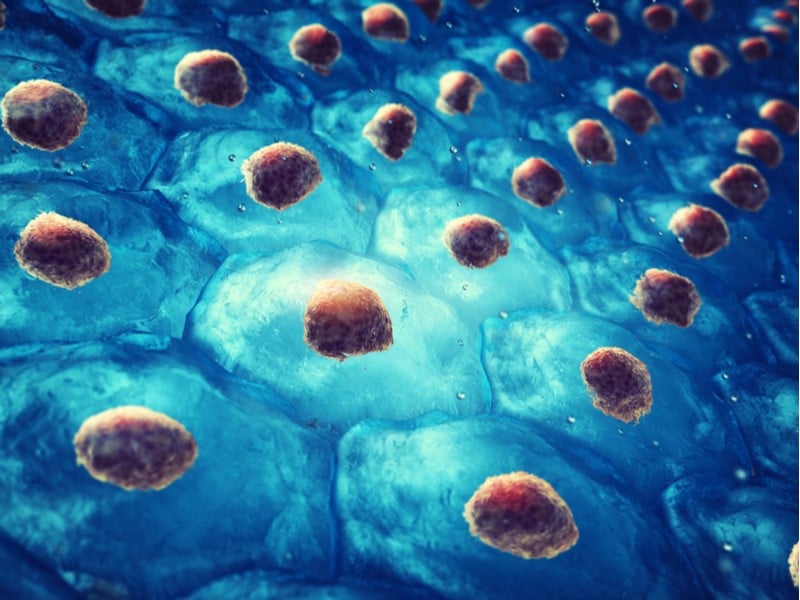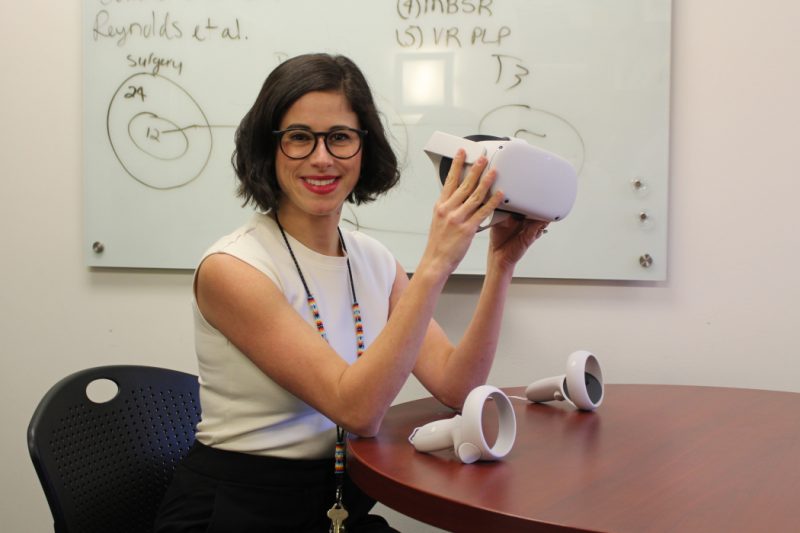
Skin microbiome research could lead to new approaches for addressing organ damage after stem cell transplants.
Organ damage occurs in up to 70% of patients in the first few months following stem cell transplant.
The reasons for this potentially life-threatening reaction have long been the subject of scientific research.
Now, researchers led by Georg Stary from the Department of Dermatology at MedUni Vienna and Vienna General Hospital in collaboration with the Ludwig Boltzmann Institute for Rare and Undiagnosed Diseases have identified bacterial proliferation on the skin as a factor associated with the occurrence of the complication.
The findings recently published in the medical journal Leukemia contribute to the research and development of new therapeutic approaches.
Patients’ skin study
The researchers came to their findings by examining the skin of 50 patients, most of whom had undergone stem cell transplant (SCT) for leukemia at the Department of Bone Marrow Transplantation at the Department of Internal Medicine I at MedUni Vienna and Vienna General Hospital.
Related Content
In the first few weeks or months after receiving the stem cells from the donor, a donor-versus-recipient reaction (graft-versus-host disease, GVHD) occurred in some of the test subjects. When the microorganisms on the skin (skin microbiome) of those affected were analyzed in detail, the research team led by first author Nadine Bayer and study leader Georg Stary from MedUni Vienna and Vienna General Hospital found a drastic decrease in bacterial abundance.
“The reduction in proliferation was particularly pronounced in severe cases of GVHD – even before symptoms appeared,” Georg Stary reported on key findings. At the same time, the scientists observed an increased occurrence in patients with GVHD of staphylococci on the skin, and these are bacteria that can cause serious infections.
Reaction almost always involves the skin
Despite precise examinations of the stem cell donors’ and recipients’ tissue characteristics as well as preventive medication, GVHD occurs in approximately 30% of patients after sibling donations and in approximately 70% of patients after donations from unrelated donors. This reaction means that body cells are attacked as foreign by immune cells that are newly developed from the transplant, and organs are subsequently damaged. The complication almost always affects the skin: the first symptoms are usually rashes, which, depending on the severity, can manifest themselves as slight redness or severely inflamed cutaneous changes with a detachment of the uppermost skin layer.
Further studies
The fact that the composition of the gut microbiome influenced the clinical course after stem cell transplantation was already known to medical researchers. With the identification of the skin microbiome in GVHD, the scientists have another tool at their disposal with which to research and develop improved treatment measures.
“Follow-up studies will now show whether the change in the skin microbiome may contribute to the development of GVHD and whether new therapeutic approaches can be identified from the knowledge gained,” said study leader Stary.
Skin microbiome research could help address organ damage - Labiotech.eu
Read More

No comments:
Post a Comment